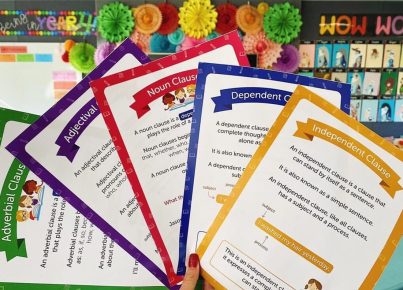In today’s fast-paced world, student engagement and effective communication are essential for teachers. It plays a crucial role in ensuring students’ success, both academically and personally. However, many educators struggle to build that connection with their students. Here are five reasons you might not be connecting with your students:
1. A Lack of Trust
Establishing trust between teacher and student is the foundation of any strong educational relationship. If your students don’t feel comfortable coming to you with their problems or confiding in you, they’ll be less likely to engage in class and retain what they’ve learned.
Solution: Foster a trusting environment by being genuine, approachable, and empathetic. Encourage open dialogue and try to understand their perspective without judgment.
2. Ineffective Communication
If your teaching style is too rigid or your approach doesn’t resonate with certain students, this can create a barrier between you and them. It’s vital to adapt your communication style according to the individual needs of each student.
Solution: Develop diverse teaching strategies and learn to switch between them depending on the situation. Also, use different media forms such as videos, visual aids, or hands-on experiences to cater to various learning preferences.
3. Not Providing Relevance
Students are more likely to engage when they find the material relevant and applicable to their lives. If they can’t see the connection between what they’re learning and their personal experiences, it becomes less meaningful for them.
Solution: Share real-life examples of how the information could be applied directly to the students’ lives or future careers. Listen to your students’ interests, concerns, and goals so you can present information that aligns with these aspects.
4. A Lack of Emotional Connectivity
A strong emotional connection with your students goes beyond academic achievements – it can also have a significant impact on their personal growth and overall well-being.
Solution: Show interest and empathy towards your students by asking about their lives, recognising their achievements, and acknowledging their emotions. This creates a more supportive environment, which can help build stronger bonds.
5. A Disengaged Classroom Culture
A classroom where participation is not encouraged, or students are unable to express their opinions freely, can lead to disconnection between the teacher and students.
Solution: Encourage group work and peer-to-peer discussion by assigning projects and organising workshops that require interactive learning. Allow students to voice their opinions during class discussions and value diverse perspectives.
In conclusion, connecting with your students is paramount to making a lasting impact on their lives. By addressing these common barriers, you can create a more connected, empowering learning environment where students feel seen, heard, and inspired to learn.





